How to properly grow a persimmon from a stone at home
Persimmon fruits are known to almost everyone, but few have seen the plant itself. This small tree appeared in the southern regions of our country only in the 19th century. Before that, it grew mainly in China and Japan. The tree is thermophilic and has excellent decorative qualities. Its leaves are dark green, form a dense saturated crown, in the autumn they turn red. Fruits during the ripening period take on a bright color - from yellow to red, depending on the variety and degree of ripening, the seeds have a pronounced brown color. They are especially appreciated for their taste and useful properties.
- High in antioxidants. Allows you to increase the general tone of the body, has a beneficial effect in the winter-spring period, when the body is especially weakened.
- The content of vitamin C and provitamin A. Increases immunity, has a positive effect on vision.
- Low in calories. Recommended for diets and for people in need of a low-calorie diet.
- Diuretic effect. Promotes the excretion of salts from the body, it is recommended for various kidney diseases.
- Iron content. Recommended in the presence of diseases characterized by the need to replenish the iron deficiency in the body.
- Bactericidal action. It is recommended to apply a slice of persimmon to a cut or wound.
In addition, persimmon normalizes blood pressure, helps with colds and various lung diseases. Useful properties are contained not only in the fruit, you can brew the seeds. The resulting broth strengthens the body, helps to cope with colds.
Getting a persimmon seed is very simple. Almost every fruit contains several large seeds 1.5–3 cm long. There are also seedless varieties, it makes no sense to talk about them in this case. In all other cases, it is enough to cut the ripe fruit and remove the seeds from it. It should be noted that no additional costs for the purchase of seed material are required, its amount depends on the number of fruits, respectively, it can be any, which means that there will be as many attempts to grow a persimmon tree as necessary.
What general information can you tell about this plant? First of all, persimmon, as mentioned earlier, loves warmth and sunlight, usually begins to bloom in late spring, ripens in late autumn. This explains the "seasonality" of the appearance of this fruit on the counter. There are many varieties of persimmons, they differ in appearance, taste and color of fruits, the timing of their ripening, yield and some other features. They have, perhaps, one thing in common - very tasty and healthy fruits.
Optimal conditions for growing persimmons
The most stringent condition that must be met in order for a tree to be successful is the temperature regime. Such a heat-loving plant as persimmon does not tolerate severe frosts, therefore, it can be grown on a site all year round only in the southern regions, where the air temperature in winter does not drop below -10 degrees. There are, of course, varieties that are more resistant to cold weather, for example, "Rossiyanka", capable of hibernating at -20, but these conditions are typical of few regions of our country.
Therefore, if the winter in the region where persimmons are planned to be grown is not too harsh, the tree can be wrapped with covering material for the winter. If there is a risk of severe frosts, it is better to grow the tree in a tub and bring it in for the winter in a room with a temperature of at least -10 degrees, for example, on a veranda, balcony, etc.This plant feels good in greenhouses and winter gardens, where the optimal air temperature is observed. Of course, growing persimmons in unusually cool conditions with a lack of light and heat, one cannot count on a large harvest on an industrial scale. Meanwhile, cultivating this plant in a warm climate, you can collect up to 250 kg of fruits from it per season, on average this figure is much more modest.
Persimmon favors the abundance of moisture. However, it is still not worth pouring it over the measure, the plant may die. Watering is necessary regularly, abundant, but not excessive. In addition, the tree needs to be sprayed regularly. At the same time, it is advisable to protect it from drafts, especially in winter. At home, persimmon is unlikely to grow more than one and a half meters in height, however, its growth can be regulated if necessary and desired. In order to limit its growth in height, you should wait until the tree reaches the desired size, and then trim the upper and side shoots. By repeating this procedure periodically, you can form a crown.
Planting and caring for the plant
The extracted seeds should be washed and dried. In a small pot with fertile soil, lower each seed, deepening about 1.5 cm, water. It is advisable to wrap the pot itself in plastic wrap and put it in a warm place. You can cover it completely with a film, including the ground with the seed it contains, but in this case you should regularly open the pot, ventilate it, and make sure that mold does not form. Water the seeds regularly so that the ground is moistened about 2 cm from the surface.
You can pre-germinate the seeds. This will allow you to find out in advance whether the seeds have sprouted or have lost their germination. This is done in the same way as in many other cases: bones are laid on a damp cloth or cotton wool, after which they are wrapped in a film. In this case, it is necessary to regularly open a package of seeds, moisten the cloth with water, and make sure that no mold forms. This method will save time and effort, since it will be possible to plant bones that have already hatched into the ground, knowing that the efforts will be crowned with success. If the seeds still do not germinate, you can simply throw them away and try next time.
Advice
If there is a need to free the sprout from the peel of the seed, soak it in warm water for a couple of hours, then carefully remove it with a needle or scissors.
If the cultivation is done at home, then the first shoots can be expected in a couple of weeks. As soon as sprouts appear, remove the plastic wrap. Now it is enough if the pot with a young shoot is in a warm, well-lit place, protected from drafts.
Further care of the plant is very simple. He will need:
- watering twice a week;
- application of mineral and organic fertilizers twice a month;
- transplanting into a larger pot as needed (about once a year).
Don't skimp on the volume of the pot. The root system of the persimmon loves a lot of soil. As soon as there is a feeling that the tree has become cramped in the pot, it must be immediately transplanted into a more spacious one. The small sprout quickly grows in size, so in the first three years of life, the plant is transplanted quite often, in the following - about once every three years. The optimal transplant time, as in many other cases, is spring.
After keeping the plant at home, transfer it to the open air with caution. Getting used to the abundance of sunlight occurs gradually. First, the pot should be placed in partial shade, then transferred to a brighter place, and only then can it be grown in bright sunlight.This is done so that young leaves do not get burned from a sharp transition to exposure to open sunlight.
Otherwise, caring for a persimmon tree does not require much effort, the plant itself is unpretentious. But its decorative qualities will delight florists. The fruits, which will appear in three or four years, will be tasty and healthy, and not all ornamental plants can boast of this. Among the advantages of this tree is its extraordinary longevity. Some varieties reach the age of 500 years. In addition, wood is also highly valued in persimmon. In short, there are many reasons to try to grow persimmons at home, and not one to refuse it.
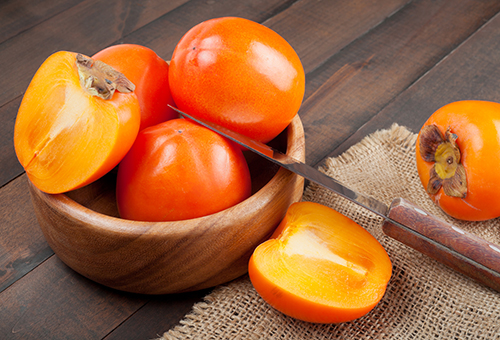
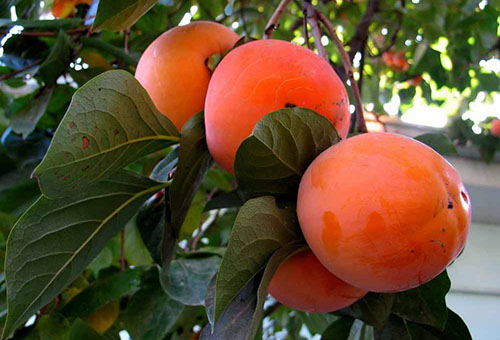

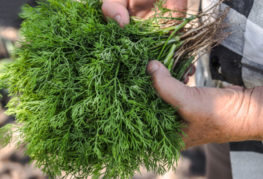
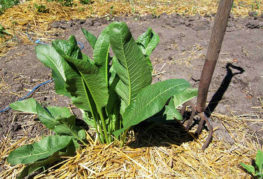
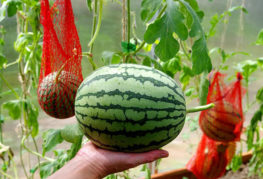
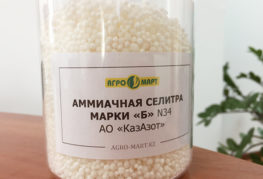
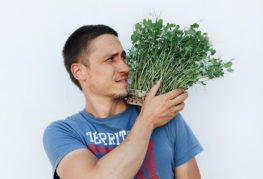

and will be published shortly.